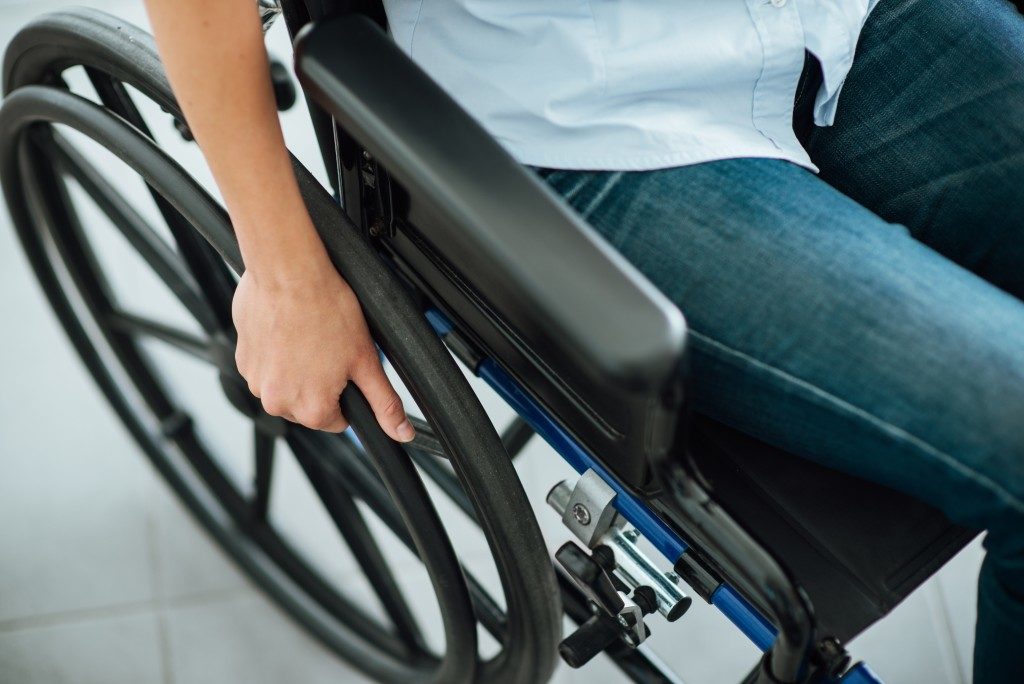- Understand the treatment options for carpal tunnel syndrome and seek medical attention.
- Follow a proper warm-up routine before climbing to prevent injury.
- Take breaks while climbing to relieve pressure on the wrists and hands.
- Wear gloves with additional padding, good grip, and dexterity.
- Focus on form to reduce the likelihood of developing carpal tunnel syndrome.
Carpal tunnel syndrome is common among rock climbers due to the repetitive and strenuous movements required in the sport. This can cause pain, numbness, tingling sensations, and weakness in the hand, wrist, and arm.
To avoid carpal tunnel syndrome while rock climbing it’s important to understand what causes it and how to prevent it from developing or worsening. This article will cover the basics of carpal tunnel syndrome and how to avoid it while rock climbing.
Know the Treatment for Common Sports Injuries
Carpal tunnel syndrome is an injury experienced by rock climbers, and it can be challenging to manage. It is important to know the treatment for common sports injuries to ensure the pain and discomfort do not worsen over time.
This condition arises when the median nerve in the wrist gets compressed, leading to numbness, tingling, and weakness in the hand. Treatment options for carpal tunnel syndrome range from wearing splints to surgery, depending on the severity of the injury.
Seeking medical attention and understanding the options available can significantly affect the healing process. Taking this injury seriously and following through with the right treatment is crucial to return to your climbing routine safely and efficiently.
Be Mindful When Climbing

Being mindful when climbing is key to avoiding carpal tunnel syndrome. Here are some tips on how to do this when rock climbing:
Warm Up
Warming up is critical when dealing with carpal tunnel syndrome as a rock climber. Carpal tunnel syndrome is a debilitating condition caused by repetitive motion, and it can seriously impact one’s ability to participate in the sport.
Before climbing, a thorough warm-up routine must be implemented to prevent further strain on the wrists and hands. Not only can it help to prevent injury, but it also increases circulation, flexibility, and overall performance.
Wrist rotations stretches, and light strength exercises can all contribute to a successful warm-up routine. As a rock climbing expert, it is essential to prioritize proper warm-up techniques to continue to enjoy the sport for years to come.
Take Breaks
Taking breaks when dealing with carpal tunnel syndrome due to rock climbing is crucial for both short-term and long-term well-being. It is undeniable that rock climbing is not only exciting but also a great physical challenge. However, this type of sport also comes with a price if done improperly.
Carpal tunnel syndrome is a common injury among rock climbers, and it is essential to take breaks to avoid further damage to the hand and wrist. Proper breaks will help alleviate pain and allow the injured area to recover faster.
As an expert, it is important to stress that taking breaks allows your muscles and tendons to rest, reducing stress on your wrists. It also helps circulate blood, oxygen, and nutrients into the injured area, aiding in healing. Proper breaks significantly prevent long-term damage to your wrist and hand, allowing you to continue to enjoy rock climbing for many years.
Wear Gloves
Properly wearing gloves can alleviate discomfort and prevent further damage to those suffering from carpal tunnel syndrome caused by rock climbing. To ensure maximum protection, selecting gloves with additional padding in areas that experience the most force during a climb is important.
The gloves should not be too tight but should fit securely around the wrist to provide support and minimize pressure. It’s also essential to get a pair of gloves with good grip and dexterity, allowing climbers to maintain proper hold and form while minimizing wrist movement. By wearing gloves properly, climbers can continue to enjoy their passion while avoiding further damage to their hands.
Pay Attention To Form

When dealing with carpal tunnel syndrome due to rock climbing, paying attention to form is paramount. Proper form means ensuring the wrists are not hyperextended and avoiding positions that cause strain on the wrists. Establishing the correct form can help reduce the likelihood of developing carpal tunnel syndrome or alleviate existing symptoms.
The form can also assist with strength and endurance necessary for rock climbing. Ensuring good form is crucial to optimal performance and reducing the risk of injury. By focusing on proper form, climbers can better prepare themselves for quick reflexes and steady grip during their climb.
Invest In Quality Gear
Properly investing in quality gear is paramount for rock climbers who suffer from carpal tunnel syndrome. Avid rock climbers know that the wrong gear can cause significant discomfort in the hands and wrists, worsening carpal tunnel syndrome’s effects.
A well-designed and appropriately fitting harness or climbing gloves can help alleviate the strain on the hands and wrists, especially during long-term climbing projects. Investing in top-notch gear engineered to protect and support climbers allows one to focus more on their technique and less on discomfort and pain.
These are just a few tips on how to avoid carpal tunnel syndrome while rock climbing. If climbers experience this condition, they should identify all possible causes and consider seeking appropriate medical assistance.



